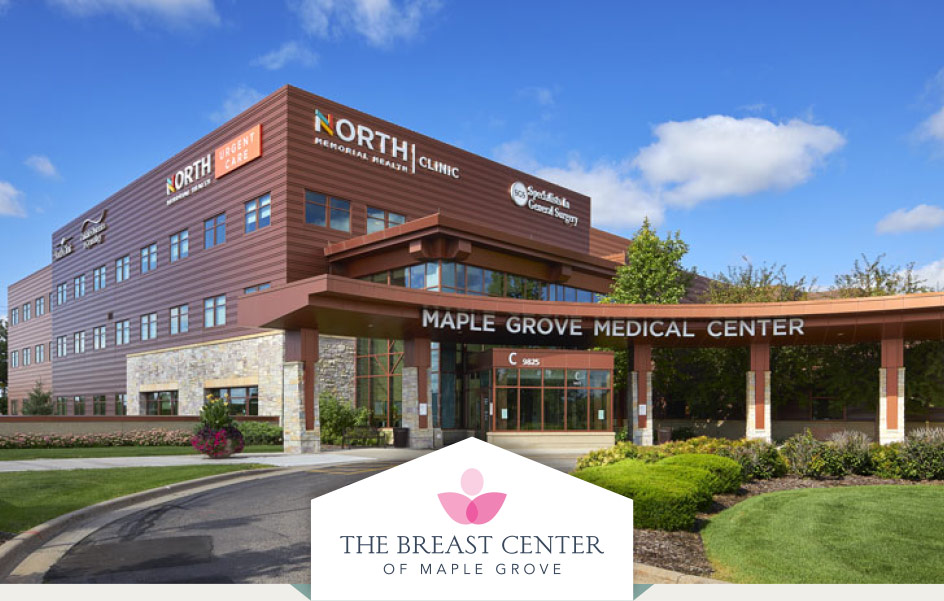 Triple negative breast cancer is somewhat common—with about 10-20% of breast cancers diagnosed as triple negative. While many types of breast cancer affect women age 60 or over, triple negative breast cancer is more common among younger women under age 40 or 50. Triple negative breast cancer is also far more common among African-American women—with one study finding that black women were as much as 3 times more likely than white women to develop it.
Triple negative breast cancer is somewhat common—with about 10-20% of breast cancers diagnosed as triple negative. While many types of breast cancer affect women age 60 or over, triple negative breast cancer is more common among younger women under age 40 or 50. Triple negative breast cancer is also far more common among African-American women—with one study finding that black women were as much as 3 times more likely than white women to develop it.
Triple negative breast cancer is breast cancer that does not grow in response to certain hormones or receptors. Triple negative breast cancer tests negative for estrogen receptors (ER-), progesterone receptors (PR-), and HER2 (HER2-). Triple negative breast cancer does not respond to hormonal therapies like Tamoxifen, or therapies that target HER2 receptors like Herceptin. However, there are other treatment options for triple negative breast cancer.
Triple Negative Breast Cancer Treatment Options
Your doctor will recommend the best treatment option for you based on your specific type of cancer as well as its location and other characteristics. However, the most common types of treatment for triple negative breast cancer are:
- Surgery is usually the first step in attacking breast cancer. Your doctor may recommend a lumpectomy, in which just the tumor and a small amount of surrounding tissue is removed, a mastectomy, which is the removal of all breast tissue, or another type of surgery based on your specific cancer characteristics.
- Chemotherapy is a systemic therapy, which means it affects the whole body by traveling through the bloodstream to damage or destroy as many cancer cells as possible. Chemotherapy may be given before surgery to shrink a tumor, or it may be given after to destroy any cancer cells that may have been left behind.
- Radiation Therapy is a highly-targeted breast cancer treatment option that uses high-energy beams to damage cancer cells. Radiation may be given externally through a special machine, or internally through seeds or other tiny objects that give off radiation.
When to Get a Screening Mammogram
Screening mammograms help to save lives by detecting breast cancer in its earliest (and most treatable) stages. The breast imaging specialists at The Breast Center of Maple Grove recommend annual screening mammograms for all women beginning at age 40. Women with additional risk may need to begin screening exams earlier. Always talk to your doctor about what is best for you. If you’re due for your mammogram, come to The Breast Center of Maple Grove. Same-day appointments are available and walk-ins are always welcome.
